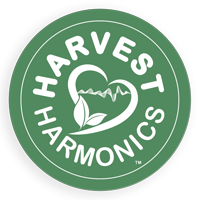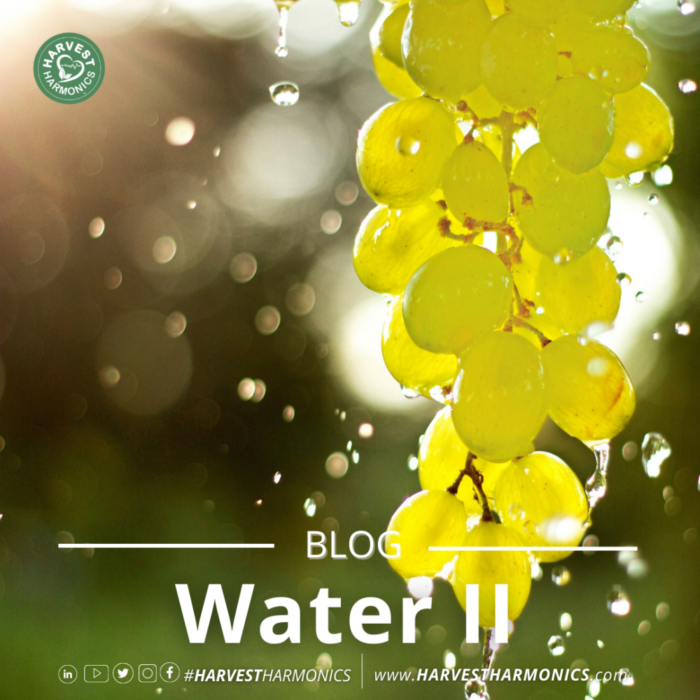

Water II
“There is nothing softer and weaker than water, and yet there is nothing better for attacking hard and strong things.”
The Chinese sage Lao Tzu
Lao Tzu in the “Tao-Te Ching” explained this paradox like this. “Water’s ability to wash, soothe and nourish contrast with its brute power.” This is exhibited by Niagara Falls, tsunamis and the Grand Canyon (carved over time by the...


Water
The Memory of Water
The reason the Kyminasi Plant Booster works so well is because water has memory, and we can use this to relay our programming to the plants.
You can teach water to sing. It passes through a space that has a rhythm or a sound, or as has been proven, an emotion, and it remembers it. It carries this song along, singing it to everything that will listen and take up the tune to...


Dan Tenorio: A Most Remarkable Farmer
It has been my delight and treat to get to know Daniel Torino, Veteran, Family Man; Man of the Earth.
When I began writing for Harvest Harmonics, I knew that I would best serve the function of writer for Harvest Harmonics and the planet to get to know men and women who have used the Kyminasi Plant Booster and tell their stories. The only way to do it right would be by personal contact, to take...


Thanksgiving
God bless America, land that I love
Stand beside her and guide her
Through the night and the light from above
From the mountains, to the praries
To the oceans, white with foam
God Bless America, my home sweet home.
Irving Berlin composed this great tribute to our country and its beauty and freedom, and every year we celebrate her as our home sweet home on Thanksgiving. We truly...


Stop and Listen
Get down
Down in the roots
And hear the great pump
Sucking the sweet milk
Of Mother Earth
feeding her babies
To the topmost frond
of the tallest palm.
Listen to the energy
pulsing up the trunks and stems
to feed every leaf
of every tree and blade of grass.
Hear the music
in the spatial ballroom
of the band of atoms, molecules
electrons and protons
playing the dance of life
everywhere you...
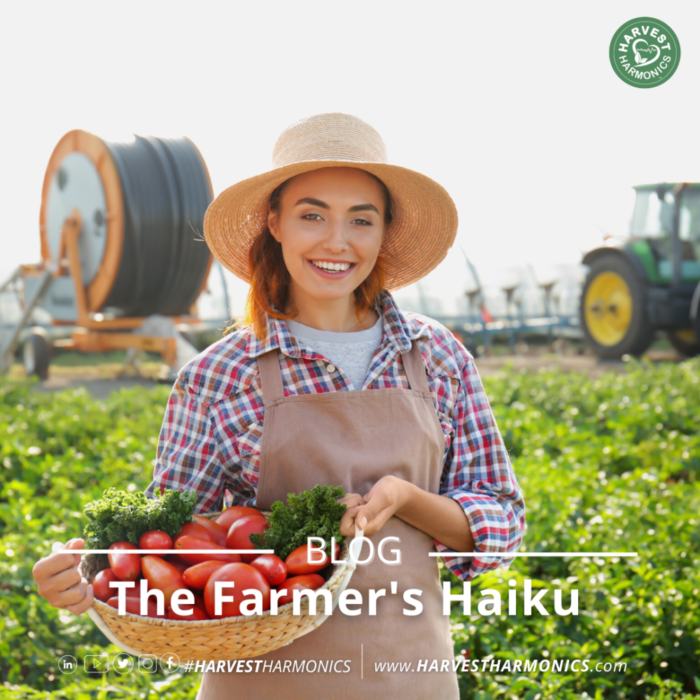

The Farmer’s Haiku
The Rooster greets the morning sun
With plow in hand The Farmer makes love to the earth
Farm Haiku by the Word Whisperer
The Bottom Line Is the Earth:
What else is it all about other than the precious earth? Let’s peek at why we love it so much and what the dickens is the earth made of.
The Soil:
Soil is a mix of minerals, organic matter living organisms, water, and air. They all play a...


“Times They Are A-Changing.”
“Times They Are A-Changing.”
Come gather ‘round people
Wherever you roam
And admit that the waters
Around you have grown
And accept it that soon
You’ll be drenched to the bone
If your time to you is worth savin’
You better start swimmin’
Or you’ll sink like a stone
For the times they are-a changing.’
Bob Dylan Was Right
Bob Dylan was right; he saw the old sweet conservative culture of...
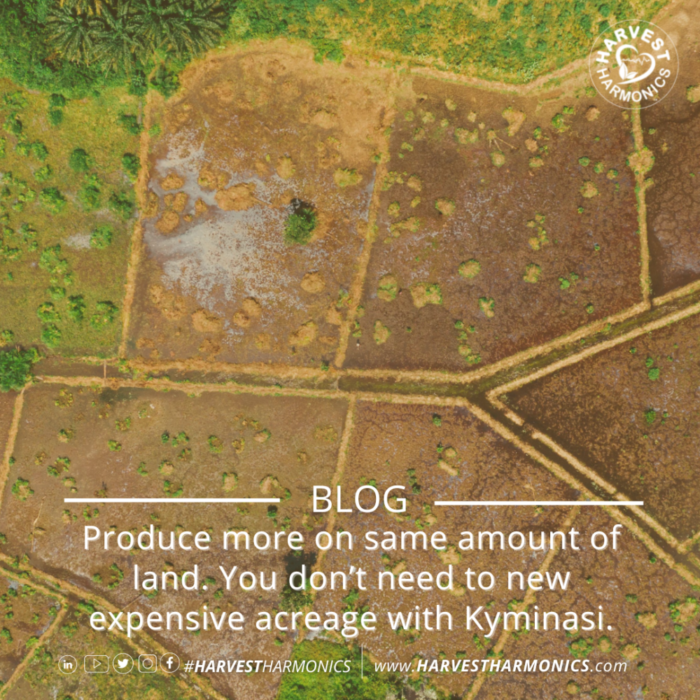

Produce more on same amount of land. You don’t need to new expensive acreage with Kyminasi.
The Farmer’s Up and Down Life
City folks have no idea of the life of the farmer. It is a roller coaster and there are highs like no other highs when the weather is perfect, and the crops are so deliciously green and the fruits or vegetables are so thick and fat the plant seems to almost break under their load. (And the market is up, and demand is high!)
But when there...
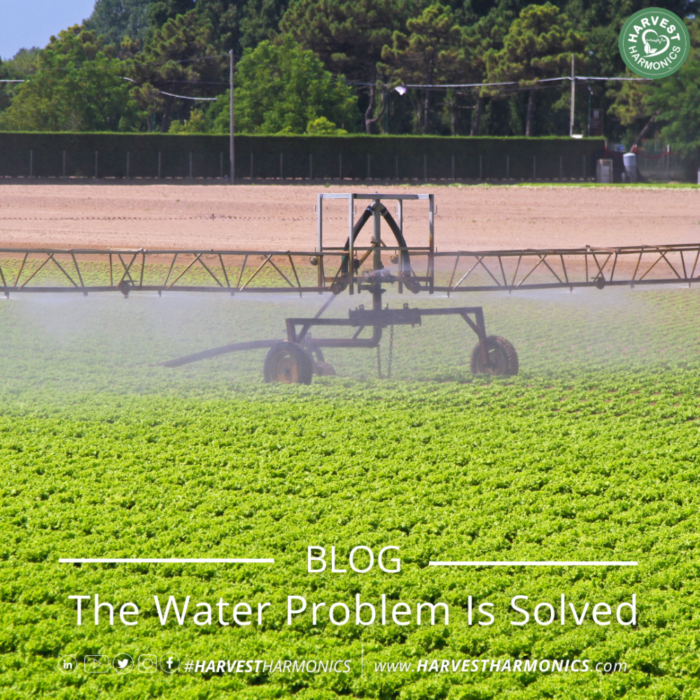

The water problem is solved
“All day I face the barren waste, without the taste of water… Cool, clear water.”
I can’t help but smile thinking of that great song by the Sons of the Pioneers that was so popular back in the day. I know every word of the lyrics and hear the melody many years later. I went to their concert, wearing my boots, jeans and cowboy hat and had my picture made with them on stage. One of those great...
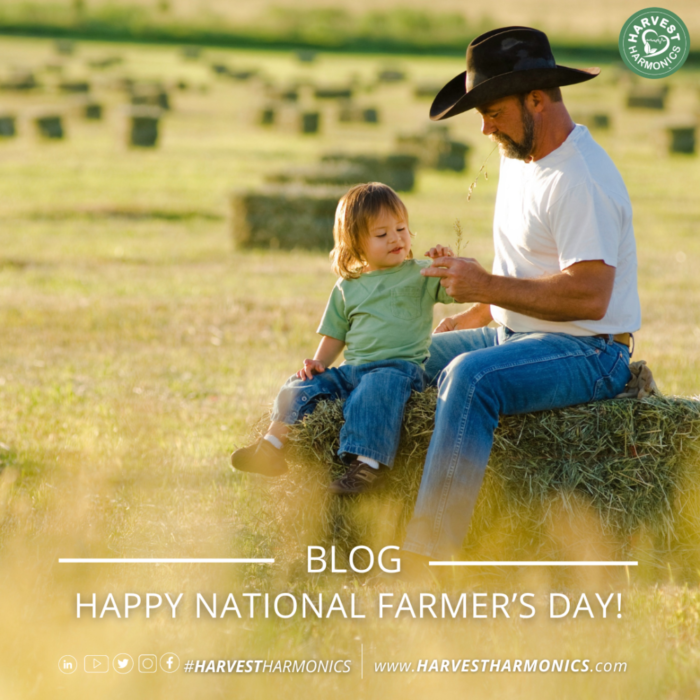

HAPPY NATIONAL FARMER’S DAY!
This coming Wednesday, the 12th of October is National Farmer’s Day! What a day!
This is a day to honor and to share our deep appreciation and thanks for all your hard work; you plow, sow, grow, and harvest to feed our great nation. It is not an easy job! And so, God built a farmer.
We want to THANK YOU for all your hard work!
And we want to thank our innovative farmers who started with us by...
